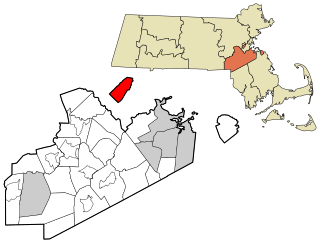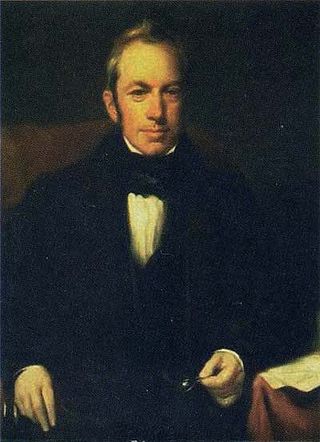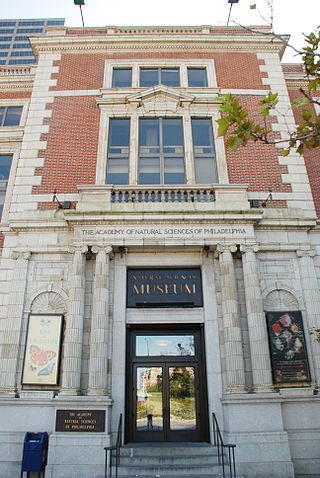
Algae is an informal term for a large and diverse group of photosynthetic, eukaryotic organisms. It is a polyphyletic grouping that includes species from multiple distinct clades. Included organisms range from unicellular microalgae, such as Chlorella, Prototheca and the diatoms, to multicellular forms, such as the giant kelp, a large brown alga which may grow up to 50 metres (160 ft) in length. Most are aquatic and lack many of the distinct cell and tissue types, such as stomata, xylem and phloem that are found in land plants. The largest and most complex marine algae are called seaweeds, while the most complex freshwater forms are the Charophyta, a division of green algae which includes, for example, Spirogyra and stoneworts. Algae that are carried by water are plankton, specifically phytoplankton.

A diatom is any member of a large group comprising several genera of algae, specifically microalgae, found in the oceans, waterways and soils of the world. Living diatoms make up a significant portion of the Earth's biomass: they generate about 20 to 50 percent of the oxygen produced on the planet each year, take in over 6.7 billion tonnes of silicon each year from the waters in which they live, and constitute nearly half of the organic material found in the oceans. The shells of dead diatoms can reach as much as a half-mile deep on the ocean floor, and the entire Amazon basin is fertilized annually by 27 million tons of diatom shell dust transported by transatlantic winds from the African Sahara, much of it from the Bodélé Depression, which was once made up of a system of fresh-water lakes.

Brookline is a town in Norfolk County, Massachusetts, United States, and part of the Boston metropolitan area. Brookline borders six of Boston's neighborhoods: Brighton, Allston, Fenway–Kenmore, Mission Hill, Jamaica Plain, and West Roxbury. The city of Newton lies to the west of Brookline. Brookline was first settled in 1638 as a hamlet in Boston, known as Muddy River; it was incorporated as a separate town in 1705.

Robert Brown was a Scottish botanist and paleobotanist who made important contributions to botany largely through his pioneering use of the microscope. His contributions include one of the earliest detailed descriptions of the cell nucleus and cytoplasmic streaming; the observation of Brownian motion; early work on plant pollination and fertilisation, including being the first to recognise the fundamental difference between gymnosperms and angiosperms; and some of the earliest studies in palynology. He also made numerous contributions to plant taxonomy, notably erecting a number of plant families that are still accepted today; and numerous Australian plant genera and species, the fruit of his exploration of that continent with Matthew Flinders.

The Academy of Natural Sciences of Drexel University, formerly the Academy of Natural Sciences of Philadelphia, is the oldest natural science research institution and museum in the Americas. It was founded in 1812, by many of the leading naturalists of the young American republic with an expressed mission of "the encouragement and cultivation of the sciences". It has sponsored expeditions, conducted original environmental and systematics research, and amassed natural history collections containing more than 17 million specimens. The Academy also organizes public exhibits and educational programs for both schools and the general public.

William Henry Harvey, FRS FLS was an Irish botanist and phycologist who specialised in algae.

Robert Wight MD FRS FLS was a Scottish surgeon in the East India Company, whose professional career was spent entirely in southern India, where his greatest achievements were in botany – as an economic botanist and leading taxonomist in south India. He contributed to the introduction of American cotton. As a taxonomist he described 110 new genera and 1267 new species of flowering plants. He employed Indian botanical artists to illustrate many plants collected by himself and Indian collectors he trained. Some of these illustrations were published by William Hooker in Britain, but from 1838 he published a series of illustrated works in Madras including the uncoloured, six-volume Icones Plantarum Indiae Orientalis (1838–53) and two hand-coloured, two-volume works, the Illustrations of Indian Botany (1838–50) and Spicilegium Neilgherrense (1845–51). By the time he retired from India in 1853 he had published 2464 illustrations of Indian plants. The standard author abbreviation Wight is used to indicate this person as the author when citing a botanical name.
X. Henry Goodnough (1860–1935) was an American engineer. Goodnough was chairman of Boston's Metropolitan Water District in the 1920s, and a chief advocate for the creation of the Quabbin Reservoir project. Goodnough Dike was named for him.

Steven B. Selva is Professor Emeritus of Biology and Environmental Studies at the University of Maine at Fort Kent, a world-renowned lichenologist, and curator of UMFK's lichen herbarium. Selva is an expert on stubble lichens of the order Caliciales, called so because their millimeter-high stalks resemble beard stubble.

Edward Janczewski was a Polish biologist, rector of the Jagiellonian University, and member of the Academy of Learning. He married Jadwiga Szetkiewicz (1856–1941).

William West, FLS was an English pharmacist, botanist, microscopist and writer, particularly noted for his studies of freshwater algae. His sons, both botanists, were William West Jr with whom he did fieldwork, and George Stephen West with whom West co-wrote botanical publications for more than 20 years.
George Clifton (1823–1913) was an English collector of seaweed specimens, active in Australia.

Benjamin Lincoln Robinson was an American botanist.

George Bradford Brainerd was an American civil engineer, amateur photographer, and an amateur natural historian.

George Stephen West, ARCS, FLS, was a British botanist, a specialist in phycology and protistology, a botanical illustrator and a writer. With his father. botanist William West, he collaborated on numerous scientific books. West's brother was the botanist William West Jr, who assisted his father with fieldwork.
William Albert Setchell was an American botanist and marine phycologist who taught at the University of California, Berkeley, where he headed the Botany Department. Among his publications are the Phycotheca Boreali-Americana, a multi-volume specimen collection of dried algae, and the Algae of Northwestern America, a reference work.

Pond life is an umbrella term for all life forms found in ponds. Although there is considerable overlap with the species lists for small lakes and even slow flowing rivers, pond life includes some species not found elsewhere and as a biome it represents a unique assemblages of species.
Adolf Straehler was a Silesian forester and botanist.
William West Jr, ARCS, was an English botanist. He was the elder son of the botanist William West, and the brother of George Stephen West. West assisted his father in fieldwork. He wrote papers on flowering plants and phycology for various journals. His official botanical author-abbreviation was W. West, although his authorship in journals was cited as W. West Jun.

Robert Hagelstein was a multidisciplinary businessman, scientist, and microscopy expert who served for fifteen years as the Honorary Curator of Myxomycetes at the New York Botanical Garden. He is known for his work in algae and slime mold specimen collection and curation, and for making hands-on learning materials widely available to student and amateur scientists.














